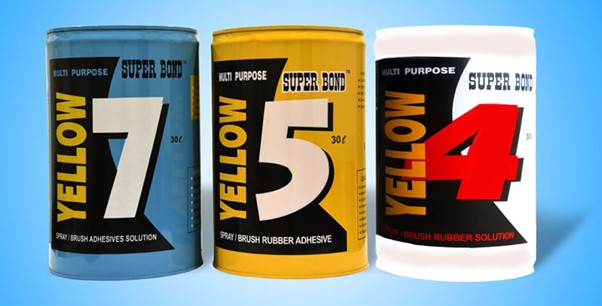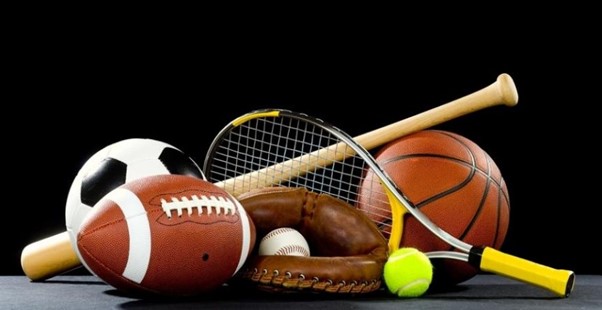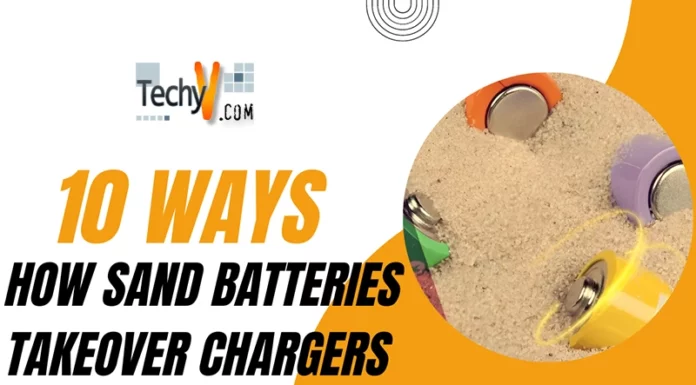Nanotechnology manipulates atoms and molecules to study specific attribute changes on the nanoscale. The goal is to employ these phenomena in the development, manufacturing, characterization, and application of new materials, structures, devices, and systems. This range scale has a of one fundamental unit, equal to an atom or molecule, and 100 nanometers. The term “nanometer” means “one billionth of a meter.” For comparison, a sheet of paper or a head of hair has a thickness of around 100,000 nanometers. One nanometer is added to a fingernail every second. Micrometers are a whole distinct scale for items that exceed the size of nanometric measurements, such as cells and bacteria. According to the Australian Academy of Science, if every human were the size of a nanometer, we could all fit into a Hot Wheels matchbox car.
1. Sunscreen
Zinc oxide and titanium dioxide are synthetic chemicals used in standard sun protection solutions because they are extremely UV light-absorbent, and c. They are produced in a lab and crushed into ultra-fine particles.

2. Clothing
Nanofibers, or nanotechnology applied to clothing, are responsible for the rain falling in beads, your jacket balling up and then rolling off, and the excellent stain resistance of the weeks-old athleisure clothing heaped up in the corner of your bedroom. Antimicrobial silver nanoparticles, frequently found in T-shirts and socks, eliminate odor-causing bacteria and reduce the need for repeated washings. When copper is added to the mixture, a protective coating is formed on food and dirt when exposed to heat or sunshine. Further, copper-silica nanoparticles chemically deodorize by identifying and altering stench-causing chemicals. In the future, scientists will investigate various types of foliage to mimic their superhydrophobic and self-cleaning qualities to produce highly water-resistant fabrics patterned with nano-silicone spikes, which are connected to a phenomenon known as the “lotus effect.”

3. Furniture
Sometimes nanotechnology is incorporated into the finishes, varnishes, upholstery, composite, and plastic materials used to furnish a home. According to a report published in the International Journal of Scientific Research and Innovative Technology, nano-silver, copper, and zinc have been shown to spontaneously produce biocides when applied to wood, protecting furniture from insects and fungi. According to the report, a final application of titanium dioxide can help deflect dust and impurities. According to scientists from Helwan University in Egypt, using nanoparticles can increase the lifespan of furniture products while lowering maintenance and repair expenses.

4. Adhesives
The most potent example of van der Waals’ forces, gecko toes, inspired the super covalent bonds that hold nano adhesives together. The lizard’s feet are lined with a billion or so tiny, elastic hairs called setae that divide into even smaller spatulae, measuring approximately 200 nanometers in width and length at each end, contributing to the lizard’s exceptional grip strength. Nano-fillers have an advantage over conventional micro-scale adhesives in terms of thinner bonding lines, increasing strength, and endurance. For example, in 2007, molecular chains joined by silicon, sulfur, carbon, and hydrogen cocktail generated a nano-glue that could not survive high temperatures but strengthened as the heat increased.

5. Car Paint
They can also be created from silicon carbide or graphene, but silicon dioxide is the most typical material used to make them.

6. Sports Equipment
Nanotechnology enters the game to enhance the performance of athletes and their gear. Nanomaterials can lessen uniforms’ weight, friction, and wear resistance while increasing equipment’s strength, stiffness, and longevity. It explains why racing bikes and golf clubs are lighter. Due to this, skaters and swimmers glide more quickly. According to the online nanotechnology newspaper AZoNano, carbon nanotubes, the most common nanomaterial utilized in athletic goods, are six times lighter, 100 times stronger than steel, and stiffer than diamond. These carbon nanotubes are added to tennis racquet frames to reinforce them and give players more power and control. For example, tennis balls have nano clay linings that operate as a barrier to keep inflating gases in and stop leaks, maximizing bounce and enabling longer play. According to The Guardian, a global regulatory body outlawed nano fabric swimsuits after they smashed 168 world records for competitive swimmers, “providing competitors an unfair advantage.” More than 90% of the gold medals won at the 2008 Summer Olympics in Beijing can be attributed to Speedo’s LZR Racer bodysuit. Its polyurethane panel design repelled water, enhanced buoyancy, and decreased drag.

7. Computers
Less is more in the computing world, as evidenced by the smartphone’s evolution over the past ten years. Scientists believe Moore’s Law will eventually run into a brick wall, driving silicon, the critical composite, to the edge of its potential. The next generation of computing transistors may be designed using thinner nanomaterials like graphene and structural forms like one-dimensional carbon nanotubes.

8. Medicine
GlobalData, a consulting firm, has discovered numerous nanotech trends that are gaining traction in patient care. Target specification is a method whereby medications or artificial vesicles- liposomes encapsulated water droplets created for a particular purpose—are linked with nanoparticles to target specific cells and tissues. According to GlobalData, this enables medicine to target sick or malignant “cells of interest” while avoiding the healthy ones. Controlled drug release is a future application that would allow healthcare professionals to trigger the release of a medicine or therapeutic component. This may be triggered internally by a change in the tissue as it forms a tumor or outside by stimuli like heat, light, or ultrasound.

9. Food
The familiar brands that fill your refrigerator drawers and kitchen cabinets, like Heinz and Hershey, probably include nanotechnology. According to AZoNano, more than 400 international enterprises are involved in cutting-edge, lab-to-table advancements. Nano-iron has been used to decontaminate water by destroying microbiological infections and degrading organic contaminants. Mayonnaise’s fluffy, perpetually moist feel is due to a process known as nano-emulsion, in which fat-filled oil droplets squeeze out water and form pockets. The creators may further reduce the condiment’s fat content by pumping water into the fat molecules. From an aesthetic standpoint, titanium dioxide makes yogurt and coconut flakes as brightly white as possible. By incorporating nano-clay flakes into the plastic bottle walls, modern nanotechnology prevents beer from falling flat by preventing oxygen intrusion and bubbly carbon dioxide escape. In the future, bioavailability through nanostructures will optimize nutritional value to provide distinct benefits. According to The Guardian, scientists are attempting to reduce table salt to nanometric levels, nearly 1,000 times smaller than its natural size. The flavor can spread faster thanks to the salt’s increased surface area. This would multiply the salt’s surface area by a million, allowing the flavor to spread more effectively and lowering blood pressure problems without compromising taste.

10. Fireproofing
A fire-retardant aerogel was created by Northeastern University researchers using metallic phase molybdenum disulfide and cellulose nanofibres. The solid substance has a cross-linking structure. By incorporating nano-barriers into building materials, it would be possible to certify a structure’s inflammability by helping to keep oxygen out while preventing harmful compounds from leaking out and igniting a fire.



















